| Vintage Pulp | Nov 5 2020 |

The FBI stretches its jurisdiction all the way to Morocco in 1953 thriller.
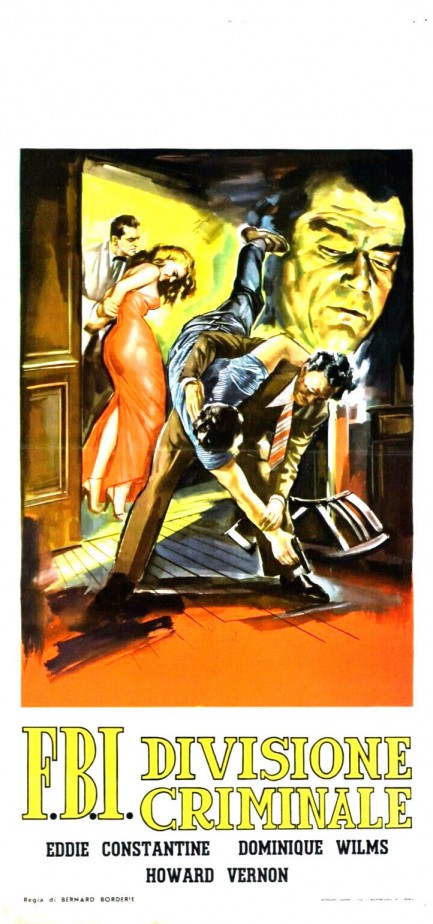
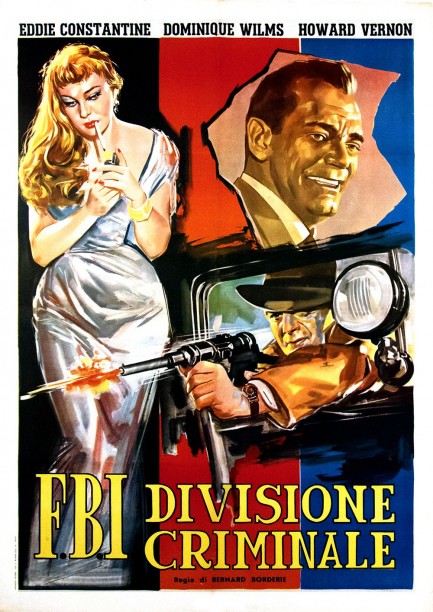
Above, two beautiful Italian posters for F.B.I. divisione criminale, originally titled La môme vert de gris, but known in the U.S. as Poison Ivy. The film was based on a Peter Cheyney novel also named Poison Ivy, and starred Eddie Constantine as an American G-man in Morocco, and Dominique Wilms as a femme fatale known as—you guessed it—Poison Ivy. We talked about the movie at length in May, so if you're curious have a look here.
| Vintage Pulp | May 27 2020 |

French crime drama throws Caution to the wind.
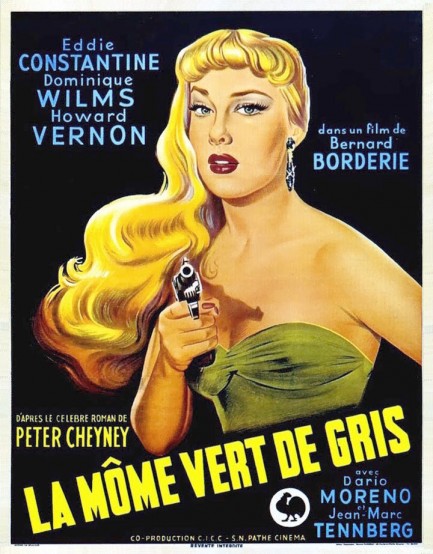
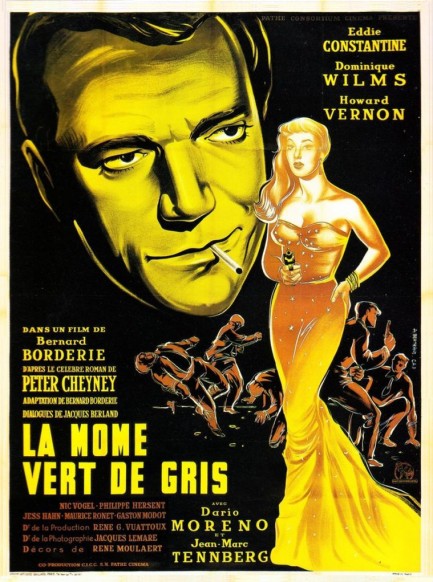
Here you see two posters for the 1953 French crime drama La môme vert de gris, which was called Poison Ivy in the U.S. This was adapted from a 1937 novel by Peter Cheyney that featured his recurring character FBI agent Lemmy Caution, who onscreen is played by Eddie Constantine. When two million dollars worth of gold goes missing Constantine is sent to Casablanca to determine its disposition and identify all malefactors involved. He finds himself pitted against a criminal mastermind of sorts, and a hive of henchmen that occupy a nightclub, a yacht, and a hideout in Casablanca's old quarter. Constantine deals with all comers by applying the time-honored advice: when in doubt, punch them out.
Film buffs the world over associate Casablanca with the Humphrey Bogart film of the same name, but the city you see here is different from the one made famous by Bogart and Co. ten years earlier. The Casablanca of this film is a maze of L.A.-style roads, white skyscrapers, and an industrial port the size of Long Beach. We checked population figures and learned it was already a major city of more than 500,000 people during the early 1940s, which means that Casablanca's village feel is really just a clever cinematic fantasy. Poison Ivy's Casablanca is real, and the many location shots mixed into the movie prove it.
That's Dominique Wilms on the top poster, and she's the reason we watched the movie. In this, her cinematic debut, she plays a femme fatale named Carlotta de la Rue, which of course indicates that she's a woman from the street. If that isn't enough to warn the men away, her friends call her Poison Ivy. Why? Because she burns. Hopefully that's meant figuratively, and above the waist. A character bringing so much heat must of course perform a torch song, which she sings with detachment, while the lyrics—as they usually do—indicate deeper issues: “I wander with my sorrow, along with my memories, looking for my old joys, which I've seen fade and die.” See? She just wants to be loved, assuming a man isn't thwarted by her acid tongue, that ironic right eyebrow, and the barbed wire encircling her heart.
The movie is certainly watchable, though it's nothing special aside from its exotic setting. But you have to appreciate the French love for U.S. crime fiction. In fact, director Bernard Borderie got the band back together and cast Constantine, Wilms, and her prehensile eyebrow in the next Caution movie, 1954's Les femmes s'en balancent. Constantine and Wilms also co-starred in 1957's Le grand bluff, another Caution adaptation, but helmed by Patrice Dally. Constantine went on to make Caution the signature character of his career. Wilms, who at age ninety is still out there somewhere, had about a dozen more roles before leaving cinema behind, but we think she had “it,” and will definitely check out some of her other work.
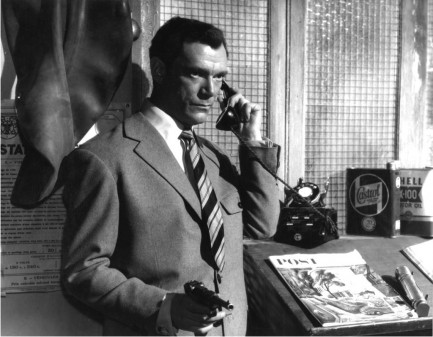
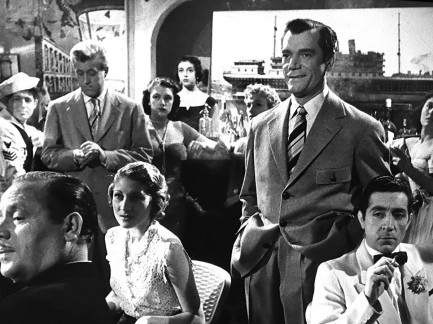

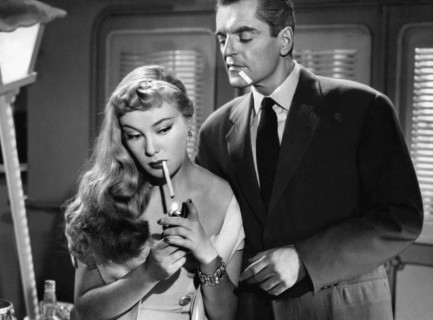
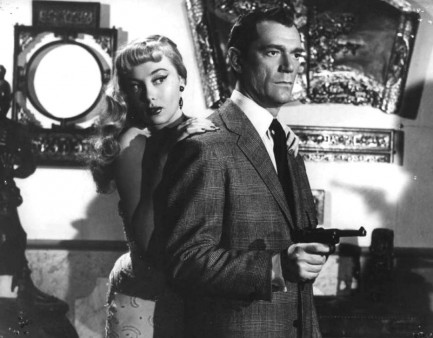
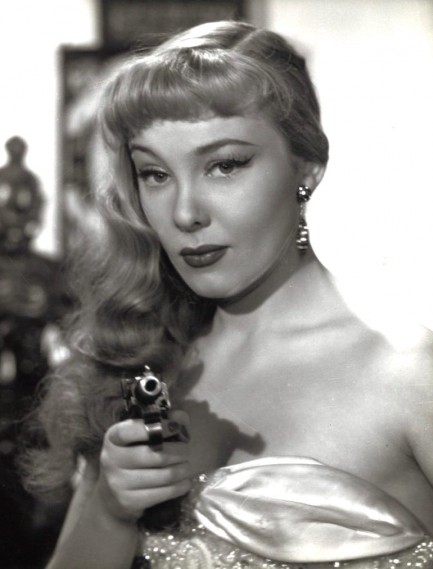
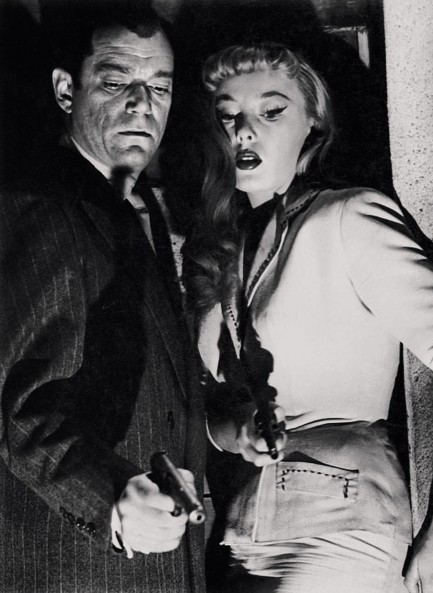
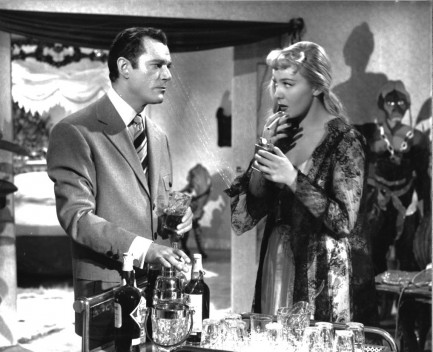

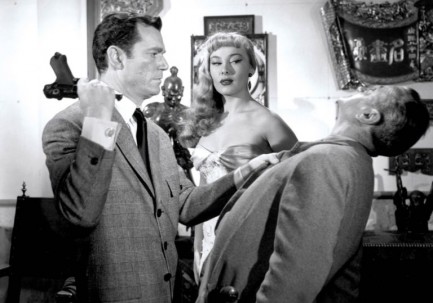
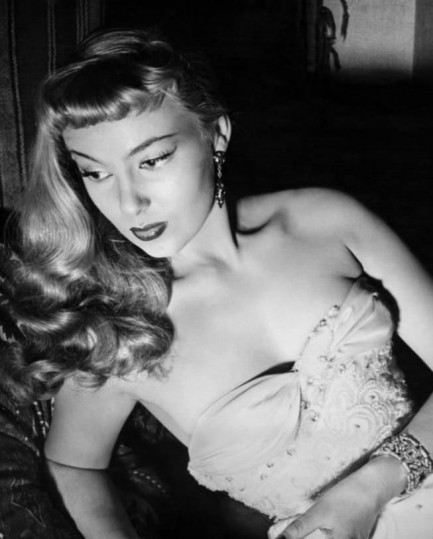
| Vintage Pulp | Jul 21 2018 |

I want the cash, the jewelry, and the licensing fees or I'll blow your brains out.
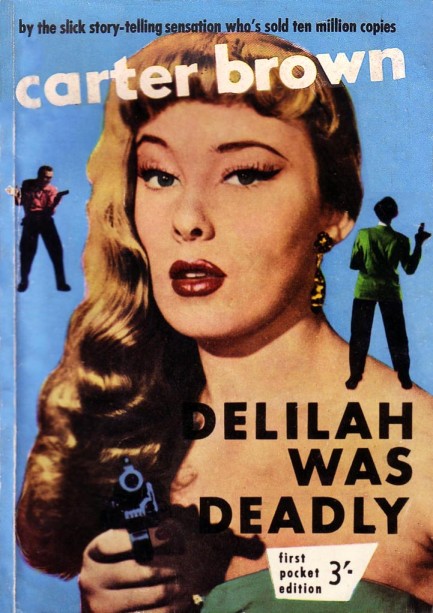
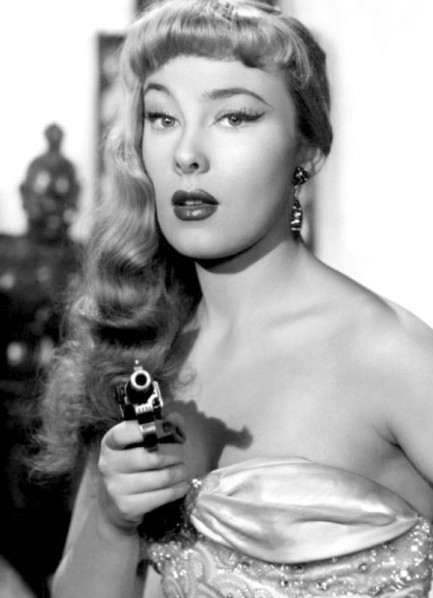
We're back to charting Horwitz Publications' unlicensed usage of celebrity images for its paperback covers. We've already talked about Joan Collins, Senta Berger, Elke Sommer, Lili St. Cyr, and others. This time the company borrows Belgian actress Dominique Wilms. The image chosen was originally used as a promo photo and the basis of the promo poster for her 1953 film debut La môme vert de gris, aka Poison Ivy. We're convinced now that Horwitz, which was based in Australia, did this because copyright agreements were lax or nonexistent regarding image licensing across international borders. And even if some rules were on the books, it's very possible Wilms and her management never saw the above cover, and if they did decided it wasn't worth a legal fight. The Horwitz guys were sneaky bastards. But as we've asked before, why bother? Wilms was so obscure at this point that Horwitz gained nothing from using her face. Don't get us wrong—she has a great face (and everything else too). But Horwitz could have simply used local models and produced identical results. That's the part we'll never get. But we've queried an expert about stolen paperback imagery and we'll share his answer soon.
Note: Very soon. See here.




































































